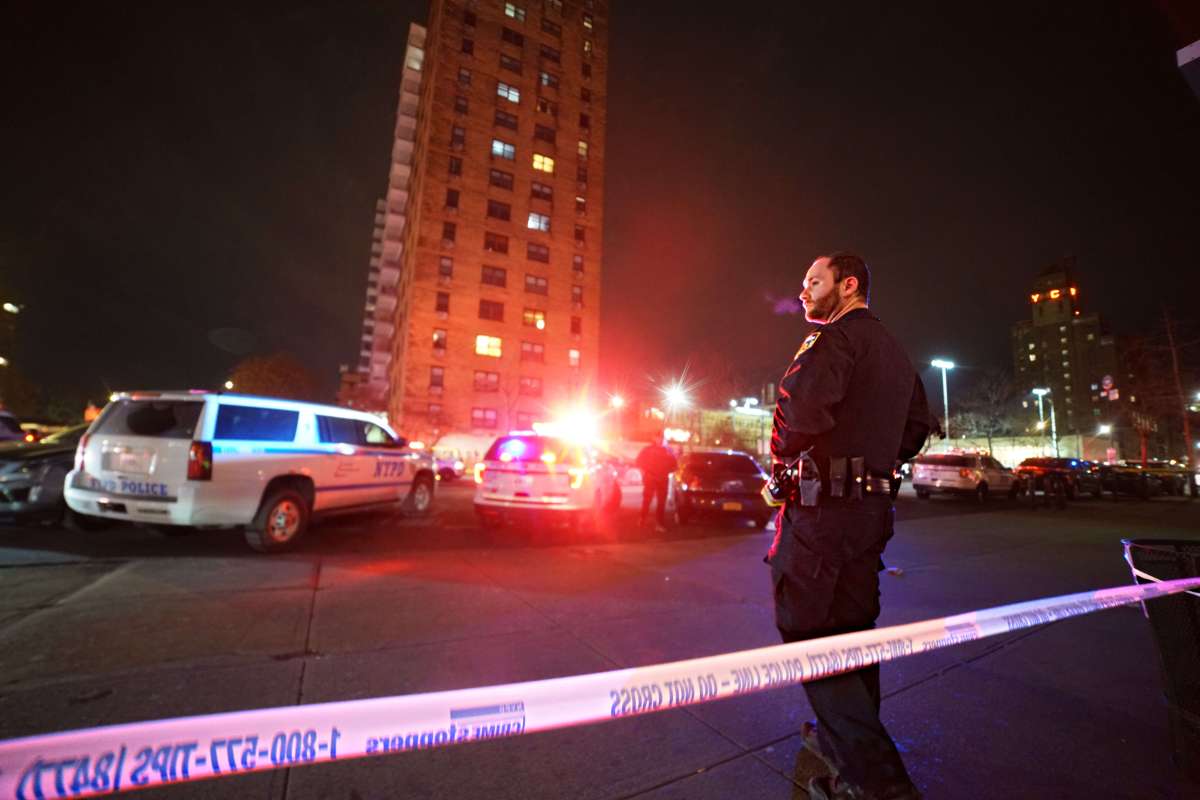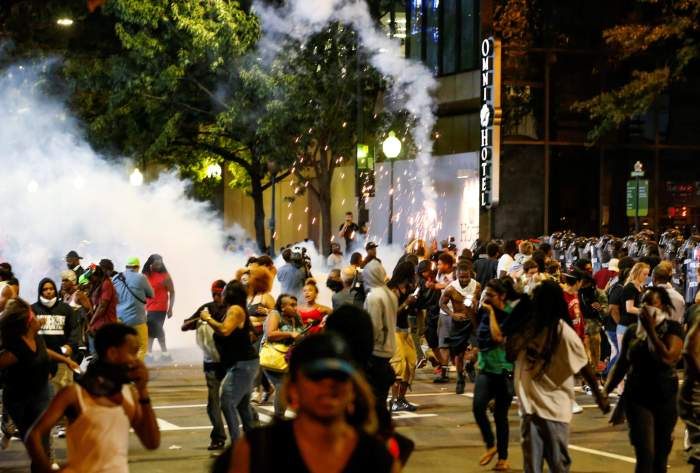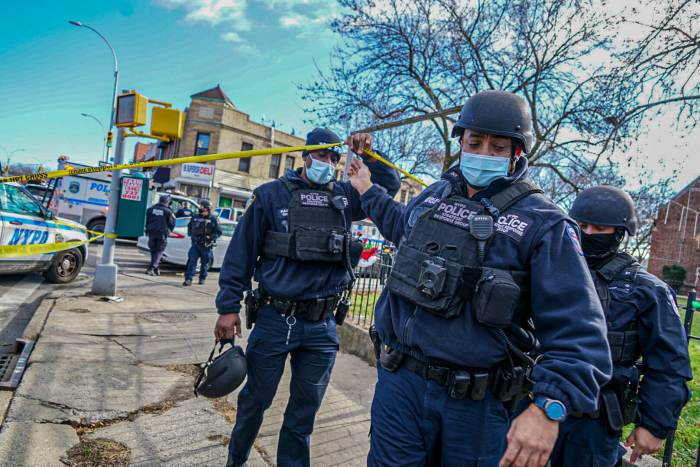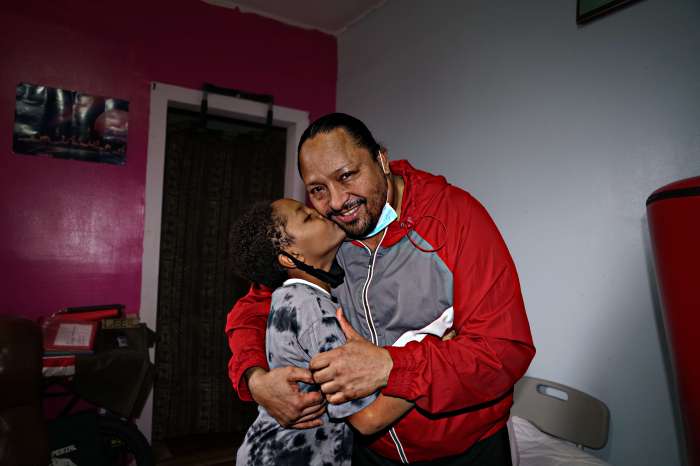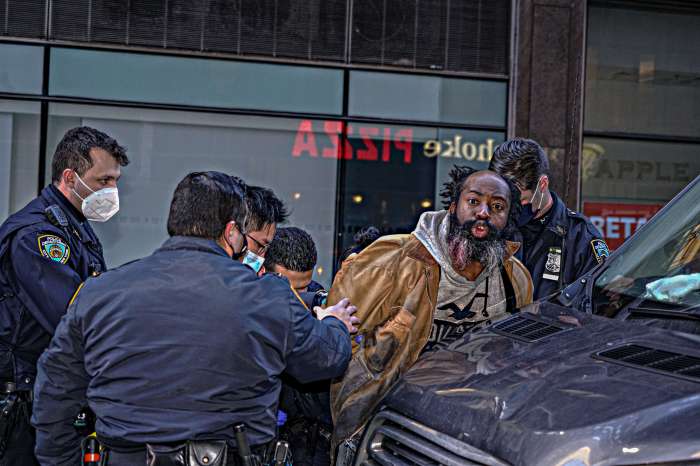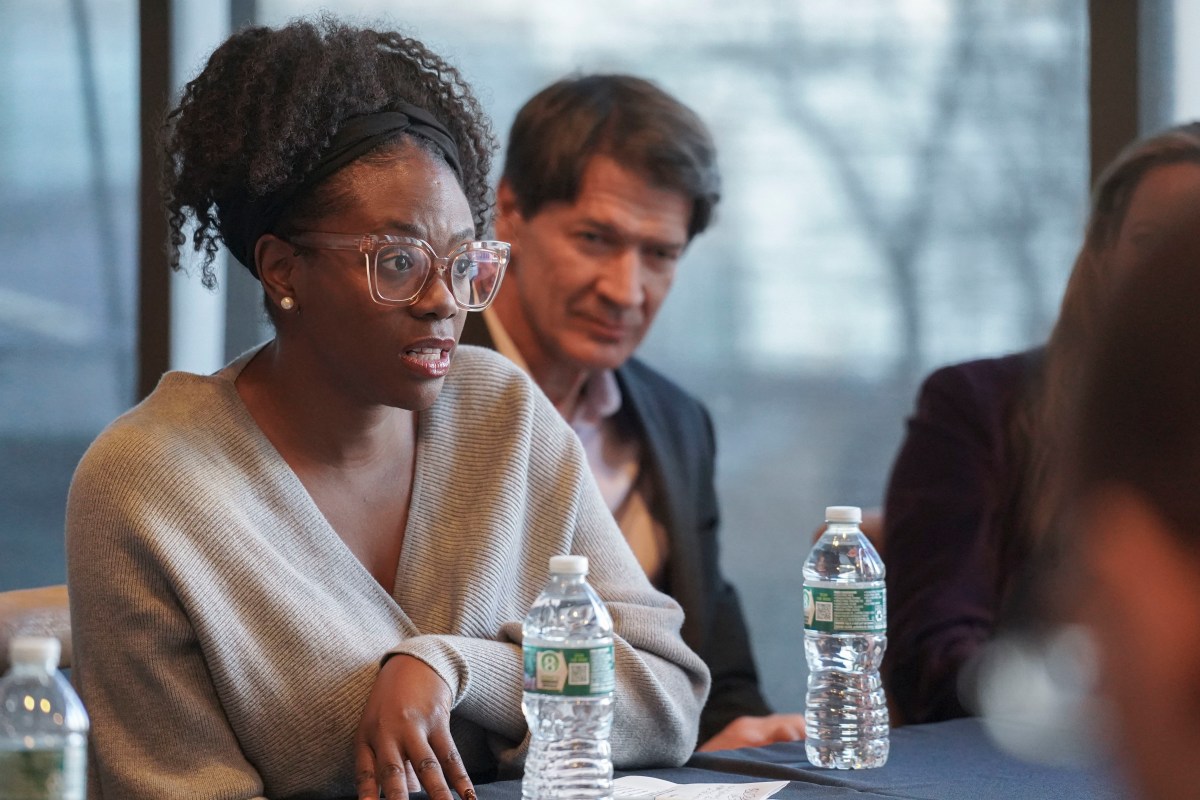Public safety matters – and not just because polls say so. The safety of the neighborhoods where we live, work, and send our children to school impacts our ability to thrive in these places. And the perception of public safety matters too. If New Yorkers are afraid to take their kids to the park, take the subway to work, eat at a local restaurant, or travel across town to see family and friends, we will not be able to repair the economic and social damage caused by the pandemic. Too many New Yorkers do not feel safe in our city right now.
New York’s leaders are right to focus on protecting public safety. However, New York’s reactions to crime have often disproportionately harmed low-income communities and communities of color without actually making anyone safer. New York City’s experience with expanded stop, question, and frisk tactics is just one example of this disturbing history. Too often, our policies have threatened the lives, security, and freedom of some New Yorkers – indeed, the New Yorkers who would most benefit from effective public safety practices – in order to make other New Yorkers feel safer, without truly making them safer. Practices that are actually effective in reducing crime can go overlooked in the meantime.
In recent years, New York has taken important steps to right some of these wrongs. Five years ago, New York State raised the age of criminal responsibility to 18, in recognition of the fact that the actions of 16- and 17-year-olds should not be judged the same way as the actions of adults and that the resources and solutions needed to rehabilitate young people are different as well. More recently, New York passed laws that limit the ability of judges to set cash bail for most misdemeanors and non-violent felonies, and that require judges to consider an individual’s ability to pay when setting bail.
In response to fears about crime, our leaders in Albany are considering rolling back these critical reforms. This would be a grave error. It is essential that policymakers prioritize solutions that are grounded in evidence, and do the challenging but important work of helping the public understand that not every policy that sounds like it is “tough on crime” actually makes a dent in criminal activity. For over 30 years, Robin Hood has invested in programs and worked to advance policies that are proven to combat poverty. We follow where the evidence leads. And the evidence tells us that rolling back Raise the Age and reversing bail reform, as the Governor has proposed, will not make us safer.
Crime is up across the country, including in places where the criminal legal system has remained unchanged. In New York, the data tells us that Raise the Age and bail reforms are not responsible for the recent uptick in gun violence; that rolling back those reforms may actually fuel the conditions that foster criminal activity in the first place; and that these proposed changes would disproportionately harm Black and Latinx New Yorkers. Analysis released by the Data Collaborative for Justice at John Jay College this week finds that the vast majority (more than 75 percent) of cases that would now become bail eligible under the Governor’s proposal are misdemeanors, mostly low-level, and that 0 percent of those cases are violent felonies. Research shows that 85 percent of the time bail is set, it’s unaffordable.
We know what it looks like when a person’s ability to pay bail dictates their freedom and their future. It looks like Kalief Browder, the young man who spent three traumatizing years on Rikers Island awaiting trial for stealing a backpack because he could not afford bail, and later tragically took his own life. Research on bail shows that incarcerating people pre-trail, particularly for low-level crimes, increases the likelihood of conviction and harsh sentencing, increases future criminal behavior, and can result in loss of life. We know what happens when we put young people through adult criminal court: we exacerbate trauma and create cascading negative consequences that often increase, rather than decrease, future criminal activity.
Rolling back Raise the Age and bail reforms will harm New Yorkers already involved in the criminal legal system and will likely do so without making any of us safer. Further, doing so risks distracting us the solutions that will make all communities safer and stronger. Many of these solutions were included in the Black, Puerto Rican, Hispanic & Asian Legislative Caucus’s 10-point public safety plan, which uplifts evidence-based programs and interventions that are proven to reduce violence in high-risk communities and prioritizes policies that address the primary driver of crime: poverty.
These are the types of investments lawmakers should be making. New York should use its $216 billion budget, including the close to $8 billion it has sitting in reserves, to invest in our children’s futures by increasing access to quality child care subsidies. Doing so would raise the household incomes of close to one million New Yorkers, enable more than 75,000 parents to return to work, and lift thousands of children out of poverty. In addition, the state should expand worker and family tax credits, as the New York State Assembly has proposed in their budget, so that New Yorkers can better afford basic needs like rent, food, utilities, and school supplies for their children.
And for those already impacted by the criminal legal system, the State should invest in the success of New Yorkers returning from incarceration and work with trusted leaders and community-based organizations to reduce violence in our neighborhoods. I applaud Governor Hochul for proposing increased funding for both of these efforts in her budget. But there is still more we should do. For starters, New York must fulfill its 2018 commitment to invest $800 million in services for youth as part of the original Raise the Age package and should also provide access to mental and behavioral health services to all New Yorkers who need it, especially those who are housed in state-operated facilities.
All New Yorkers have a part to play in making our neighborhoods safer. Our lawmakers can lead us there by investing in what works.



